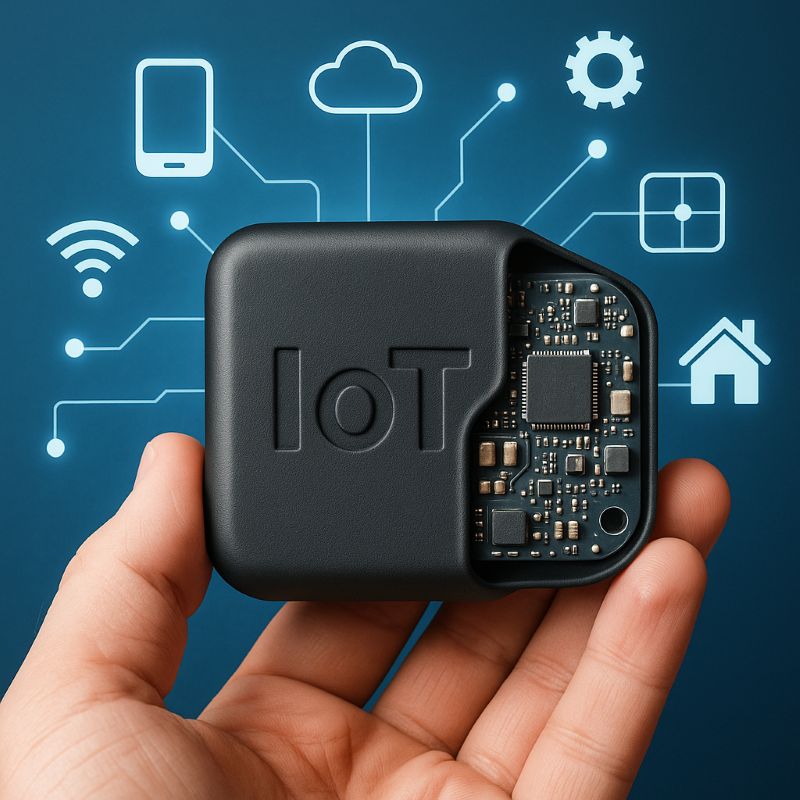
Definition of Low Pressure Molding
Types of Low Pressure Molding Techniques
Importance for Modern IoT Devices
Methods in Low Pressure Molding
Latest Trends in IoT Device Molding
Strategic Implementation for IoT
Future of Low Pressure Molding
Low pressure molding (LPM) is a manufacturing method that involves encapsulating sensitive electronics using low-pressure, heated thermoplastic materials. This process creates a protective shell that shields components from moisture, dust, and physical impact. Because it applies less mechanical stress compared to traditional molding or potting methods, LPM is ideal for safeguarding delicate circuitry in modern IoT applications.
There are several key techniques within low pressure molding that serve different industrial needs:
Hot melt molding applies melted thermoplastics to form a sealed barrier around electronics.
Injection-style molding allows for precision and repeatability in complex geometries.
Overmolding adds a secondary protective layer to improve shock resistance and insulation.
These techniques support the durability and form factor requirements of compact and functional IoT devices.
IoT devices are often exposed to harsh conditions, including temperature changes, mechanical stress, and moisture. Low pressure molding addresses these challenges by offering a gentle yet effective way to insulate and protect key components. It extends the functional lifespan of devices and supports stable, long-term operation—an essential requirement for smart wearables, wireless sensors, industrial controllers, and other connected technologies.
Core methods in LPM involve the use of specialized molding equipment and temperature-controlled thermoplastics.
Encapsulation is achieved through preheated materials applied at low pressure, reducing damage to circuitry.
Insert molding allows components to be fixed in place during the molding process.
Selective sealing enables specific areas to be left exposed or connected while protecting others.
These methods combine safety, efficiency, and reliability to ensure proper performance of electronic assemblies.
Recent trends in LPM for IoT manufacturing include:
The development of eco-friendly and recyclable thermoplastics to meet sustainability goals.
The rise of micro-scale injection molding systems for miniature electronics.
Improved compatibility with flexible substrates for wearable or bendable devices.
These advancements reflect a growing need for high-performance encapsulation techniques that do not compromise environmental standards or compact design.
Strategic adoption of low pressure molding involves multiple considerations:
Material selection must align with environmental exposure, thermal resistance, and bonding strength.
Process automation helps maintain quality and reduce production defects.
Integration with existing SMT or PCB lines improves production scalability.
By embedding these strategies into the manufacturing workflow, companies can achieve higher product consistency and better field reliability.
The future of low pressure molding will be shaped by the continued expansion of connected technologies. As IoT devices become more compact and functionally complex, demand will increase for materials that offer multifunctional protection—such as thermal stability, electrical insulation, and chemical resistance. Innovations in precision equipment and bio-based materials are expected to make LPM even more adaptive, paving the way for smarter and more resilient device architectures.